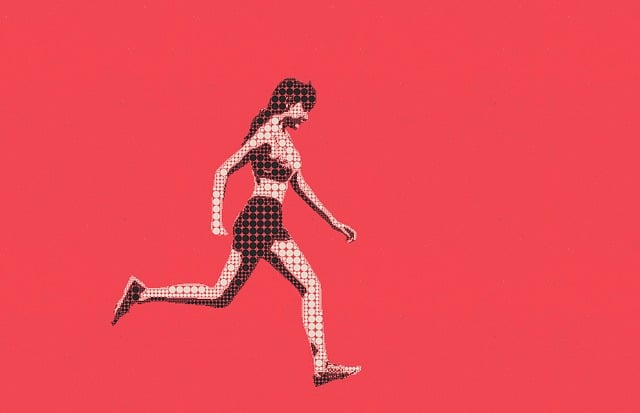Red Vein Kratom capsules from Mitragyna speciosa offer relaxation, pain management, and mood enhancement but may harm the liver with excessive consumption. Studies show potential adverse effects on hepatic enzymes. Safe use requires moderate doses, medical guidance, regular monitoring of liver function, and considering interactions with medications or health conditions.
“Red Vein Kratom capsules have gained popularity as a natural alternative for pain relief and relaxation. However, concerns about their potential impact on liver health have arisen, prompting closer scrutiny. This article delves into the specifics of Red Vein Kratom, exploring its composition, possible risks to liver health, and safe usage guidelines. Understanding these factors is crucial in determining if Kratom could be a beneficial or potentially harmful supplement for you.”
- What are Red Vein Kratom Capsules?
- Potential Risks for Liver Health: Is Kratom Bad for Your Liver?
- Safe Use and Mitigating Factors for Red Vein Kratom Capsules
What are Red Vein Kratom Capsules?
Red Vein Kratom Capsules are a popular form of this herb, known for its distinct red veins and potential therapeutic benefits. Derived from the leaves of the Mitragyna speciosa plant, these capsules offer a convenient way to consume kratom, a natural alternative often used for relaxation, pain management, and mood enhancement. The red vein variety is particularly renowned for its sedative and calming effects, making it a favorite among those seeking relief from stress and anxiety without the use of pharmaceuticals.
Unlike some other forms, Red Vein Kratom is generally considered gentler on the stomach and may be a safer option for individuals concerned about the potential liver toxicity associated with kratom use. However, it’s essential to remember that prolonged or excessive consumption of any kratom strain can have adverse effects, including issues related to the liver. Responsible usage and consulting healthcare professionals are crucial, especially given the limited scientific research on kratom’s long-term effects.
Potential Risks for Liver Health: Is Kratom Bad for Your Liver?
Kratom, a natural herb derived from the mitragyna speciosa plant, has gained popularity for its various potential health benefits. However, one aspect that has sparked concern is its impact on liver health. While kratom has been touted as a natural remedy for pain and anxiety relief, there are potential risks associated with prolonged use, especially regarding liver damage.
Extensive or excessive consumption of kratom capsules could lead to adverse effects on the liver. Some studies suggest that the compounds present in kratom may impact hepatic (liver) enzymes, potentially causing inflammation or even liver damage over time. It’s crucial for users to remember that moderate and responsible use is key to mitigating these risks. Regular monitoring of liver health indicators by medical professionals can also help ensure that any potential issues are identified early.
Safe Use and Mitigating Factors for Red Vein Kratom Capsules
Red Vein Kratom capsules, like any other kratom product, should be used responsibly and with caution. While considered generally safe when taken as directed, it’s crucial to understand potential mitigating factors. Like many natural remedies, kratom can interact with certain medications and health conditions. Those with liver or kidney issues, for instance, need to exercise extra care since kratom can put additional strain on these organs. Additionally, excessive use may lead to adverse effects such as insomnia, anxiety, and dependency.
To ensure safe use, it’s essential to start with a low dose and gradually increase as needed. Consulting with a healthcare provider is strongly recommended before incorporating kratom into your wellness routine, especially if you have pre-existing health conditions or are taking other medications. Regular monitoring of liver function tests can also help mitigate potential risks, particularly for individuals concerned about kratom’s effects on their liver.
Red Vein Kratom capsules, while offering potential benefits, should be approached with caution, especially regarding liver health. While some studies suggest limited risks, the long-term effects remain unclear. It’s crucial to weigh the benefits against potential dangers and consult healthcare professionals before use, particularly for individuals with pre-existing liver conditions. Safe consumption practices and responsible usage are essential to mitigate any negative impacts of Red Vein Kratom on liver health. Remember, when it comes to kratom and its effects on your liver, staying informed and proactive is key.














